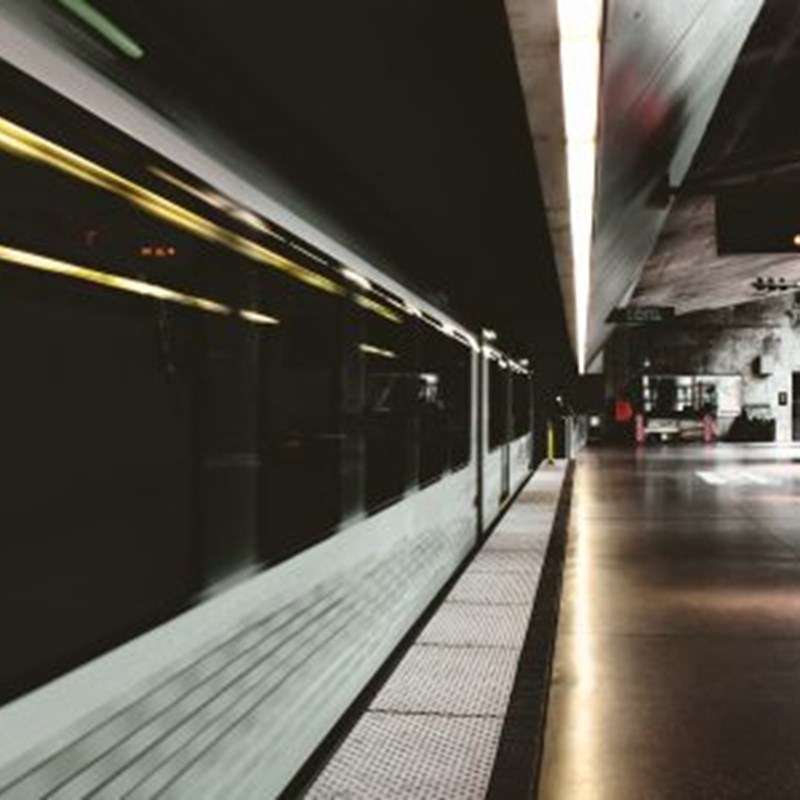
In previous articles, we have examined how the IoT and smart tech can affect the ways in which we travel, both now and in the future, from airports to traffic jams.
This week, we focus on the hot topic of connected rail travel – as smart rail initiatives such as HS2 and Crossrail continue to create a buzz in the media and in tech circles. At the centre of these rail schemes, destined to change the lives of millions of commuters and travellers in the UK over the next ten years, lies the IoT. Read on as we explore the future of rail travel here in the UK and across the world.
High Speed Connected Rail Travel
Both HS2 and Crossrail are set to change the face of UK rail travel within the next ten years, if all goes to plan. Both initiatives will embrace high-tech innovation, and Crossrail in particular has been making headlines recently as it partners with providers of the very latest technology, including Arkessa, to make a true rail network of the future.
Crossrail have deployed Bluetooth Beacon technology on the new Elizabeth Line for TfL, enabling faults to be discovered and rectified swiftly, and engineers to keep track of the assets at stations and on the tracks. Connected devices activated throughout the rail network transmit data via mobile connectivity to a dedicated app, which in turn enables drivers and other rail staff to make key decisions. Train drivers will receive timing information to help them keep to their schedule, resulting in fewer delays (which mean fewer fines for TfL as well as happier passengers) and a smoother service.
Crossrail are also planning to use IoT to monitor passenger footfall to help them organise staffing levels at peak times and to control crowds at extraordinarily high traffic times – when the local football team plays a big match, for example. With these levels of smart technology and subsequent data management, Crossrail is setting the bar high for the future of rail travel.
Tech innovations in rail aren’t just confined to the UK networks by any stretch. As Russell Goodenough of Fujitsu explains in this presentation in Future Rail Magazine, exciting initiatives partnering technology with rail travel are happening all over the world. Just this week came the news that Italy’s largest train operator, TrenItalia, has invested 50 million euros in the deployment of IoT-connected sensors across national and inter-european trains, tracks and stations. This follows the Siemens partnership with Teradata to improve the safety and efficiency of their Spanish fleet.
Safety and efficiency
Arguably the most important success factor in deploying IoT across national and local rail networks is the increased security of trains and their passengers. Smart sensors on railway tracks can identify the possibility of a derailing before it becomes a reality, and signal automation based on secure cloud-hosted data eliminates the possibility of human error.
Trains are more likely to run on time with IoT, and journeys will be more comfortable for passengers with smart seating allocation and mobile ticketing transforming the customer experience. Arkessa are proud to be part of a railway tech revolution, and we look forward to making the difference to millions of train journeys as we take our trains into the future with IoT.